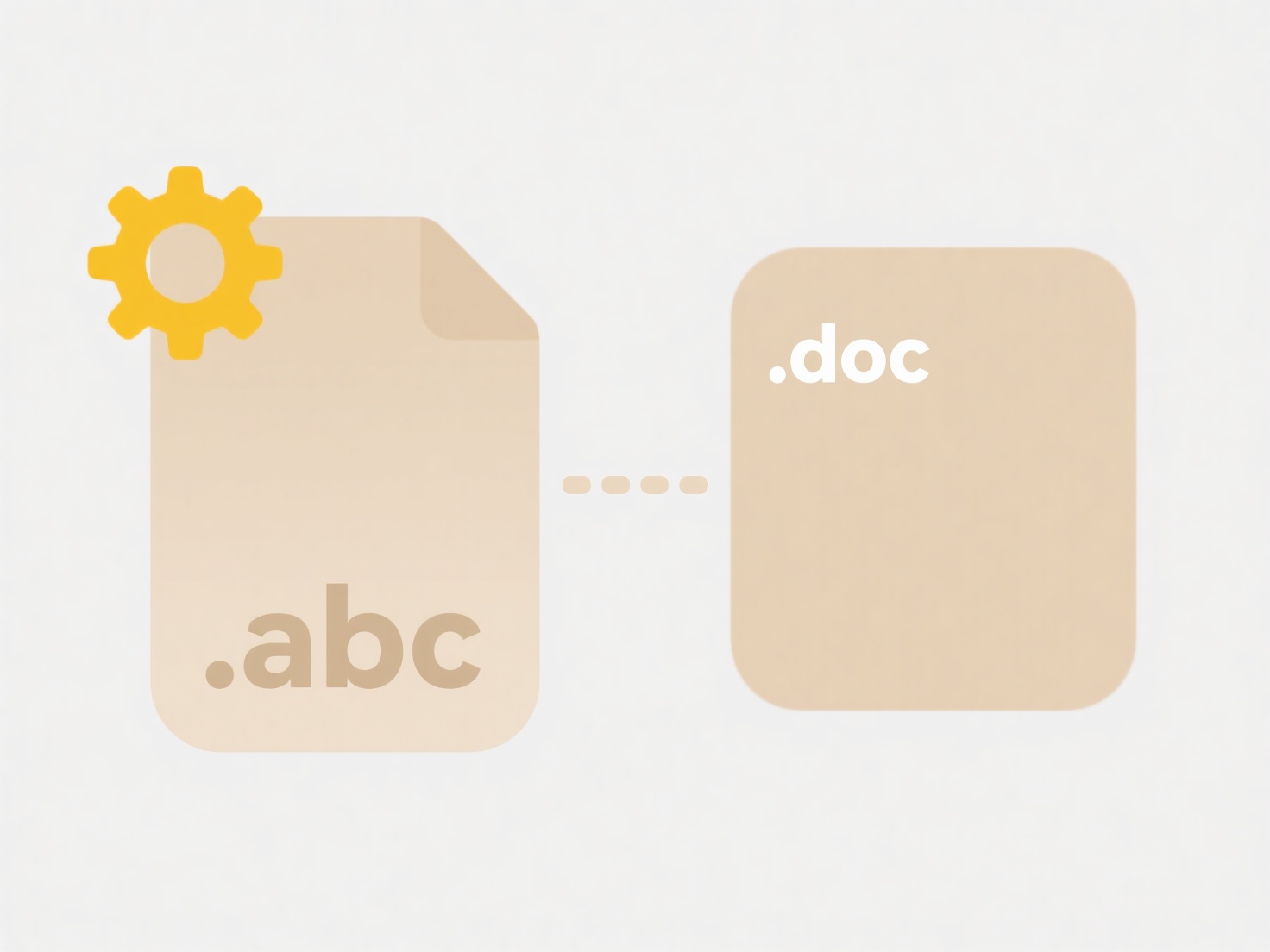
A descriptive naming convention helps you organize, identify, and retrieve audio files efficiently. It prioritizes key details relevant to the content and context. Instead of vague names like "Recording1.wav," it uses consistent elements such as date, project/artist name, content description, and optional details like version or segment number, making it easier to distinguish files at a glance.
For example, a podcast episode might be named "20240320_TechNewsDaily_Ep142_AI_Innovations_v02.mp3," where '20240320' is the recording date, 'TechNewsDaily' is the show name, 'Ep142' is the episode number, 'AI Innovations' is the episode topic, and 'v02' indicates version two. A musician might name a file "20240215_ProjectSunrise_GuitarSolo_Take03.flac," including the session date, project name, track description, and take number.

This approach ensures long-term findability in file systems, supports backups, and aids collaboration by providing immediate context. Limitations include potential lengthiness and the need for team consensus on the structure. Future-proofing requires choosing elements that remain relevant and establishing clear version control rules to avoid confusion during edits. Consistent naming drastically reduces time spent searching for specific recordings.
What’s the best way to name audio files like podcasts or recordings?
A descriptive naming convention helps you organize, identify, and retrieve audio files efficiently. It prioritizes key details relevant to the content and context. Instead of vague names like "Recording1.wav," it uses consistent elements such as date, project/artist name, content description, and optional details like version or segment number, making it easier to distinguish files at a glance.
For example, a podcast episode might be named "20240320_TechNewsDaily_Ep142_AI_Innovations_v02.mp3," where '20240320' is the recording date, 'TechNewsDaily' is the show name, 'Ep142' is the episode number, 'AI Innovations' is the episode topic, and 'v02' indicates version two. A musician might name a file "20240215_ProjectSunrise_GuitarSolo_Take03.flac," including the session date, project name, track description, and take number.

This approach ensures long-term findability in file systems, supports backups, and aids collaboration by providing immediate context. Limitations include potential lengthiness and the need for team consensus on the structure. Future-proofing requires choosing elements that remain relevant and establishing clear version control rules to avoid confusion during edits. Consistent naming drastically reduces time spent searching for specific recordings.
Related Recommendations
Quick Article Links
How do I make Dropbox files searchable on Windows?
Dropbox files become searchable on Windows through integration with the operating system's built-in search index. Window...
How do I choose between Dropbox, Google Drive, OneDrive, and iCloud?
Dropbox, Google Drive, OneDrive, and iCloud are popular cloud storage services that store your files online for access f...
Can I use the same folder structure in cloud and local?
Using the same folder structure in both cloud and local environments refers to designing and naming your directory hiera...